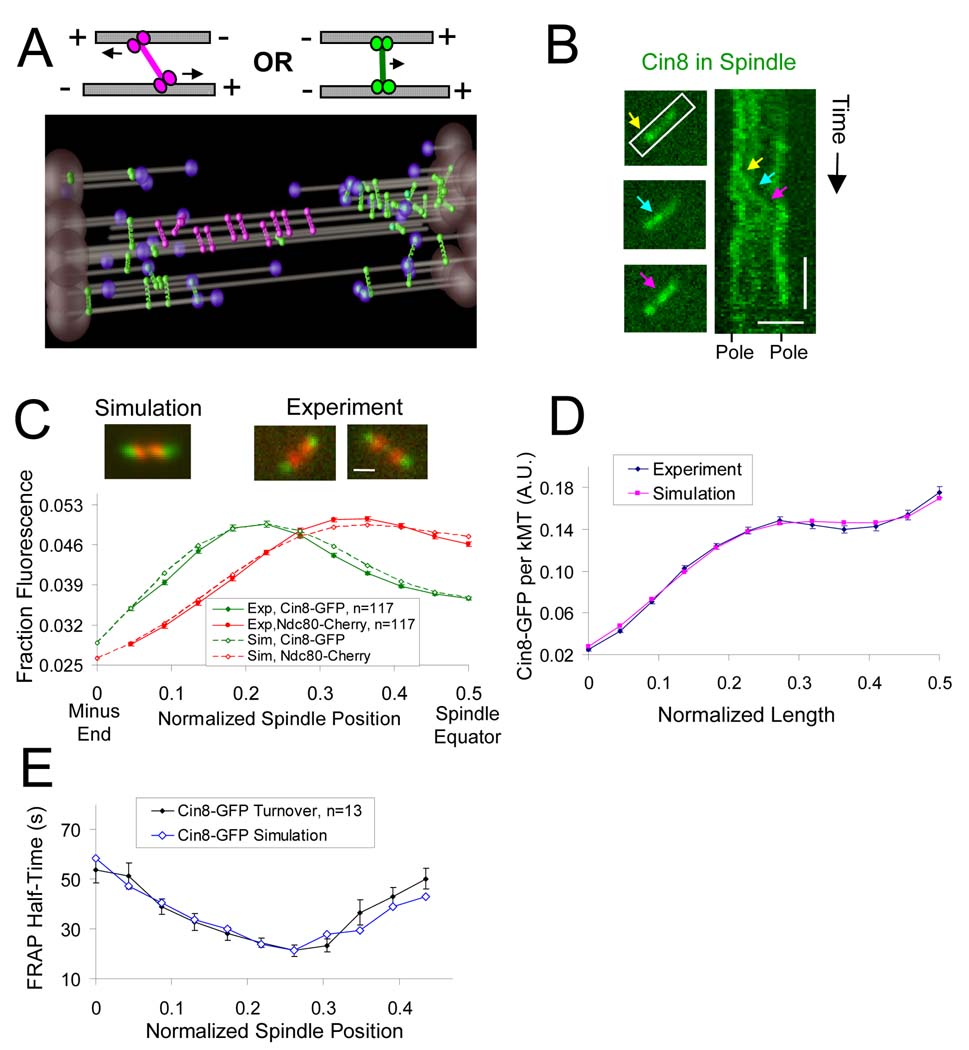Figure 4. Cin8p accumulates on kMTs in a length-dependent manner and frequently interacts with kMT plus ends.
(A) In simulation, kinesin-5 motors crosslink both anti-parallel-oriented microtubules (left, magenta) and parallel-oriented microtubules (right, green). Simulated motors crosslinking parallel-oriented microtubules move to and frequently interact with kMT plus-ends. (B) Cin8-3XGFP motor movement can be observed in the spindle (horizontal scale bar, 1000 nm; vertical scale bar, 20 sec). The three arrows (yellow, cyan, and magenta) indicate three time points in the movement of a Cin8-3XGFP fluorescent spot that moves in the plus end direction. (C) Cin8p motors concentrate near kinetochores both experimentally and in simulation (Red, Ndc80-Cherry kinetochore marker; green, Cin8-GFP) (scale bar 500 nm, error bars, s.e.m.). (D) Experimentally and in simulation, Cin8-GFP fluorescence normalized to the number of tubulin polymer binding sites increases for longer kMTs. (E) Cin8-GFP FRAP half-time gradient.

